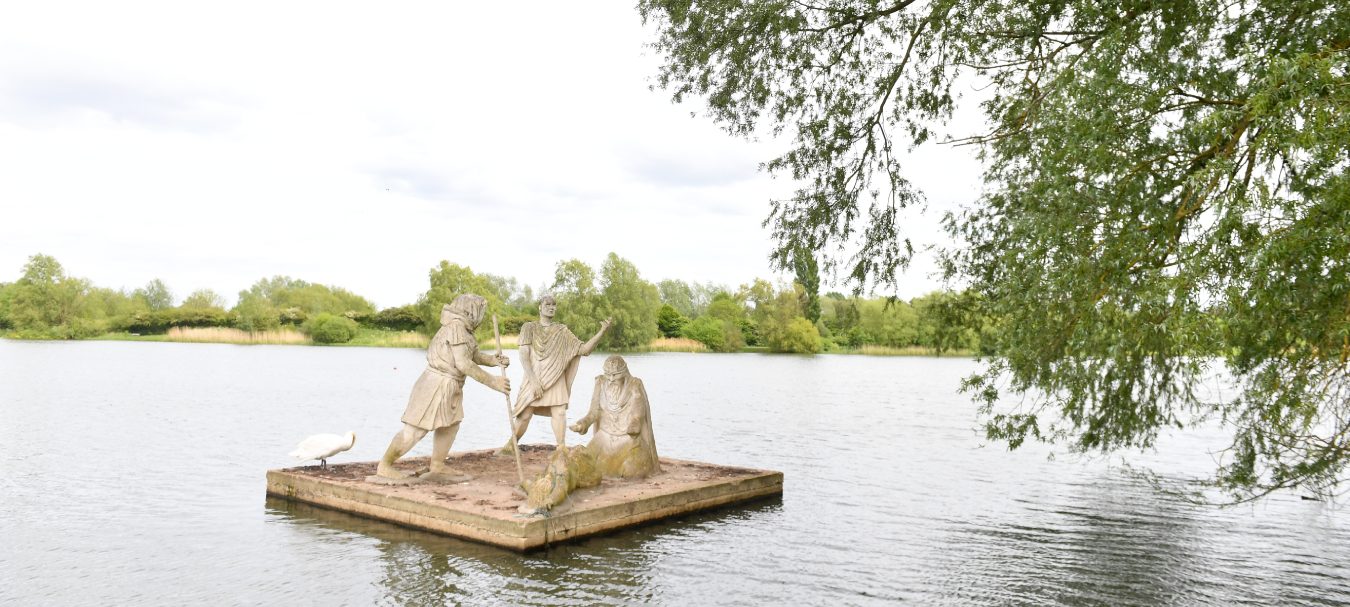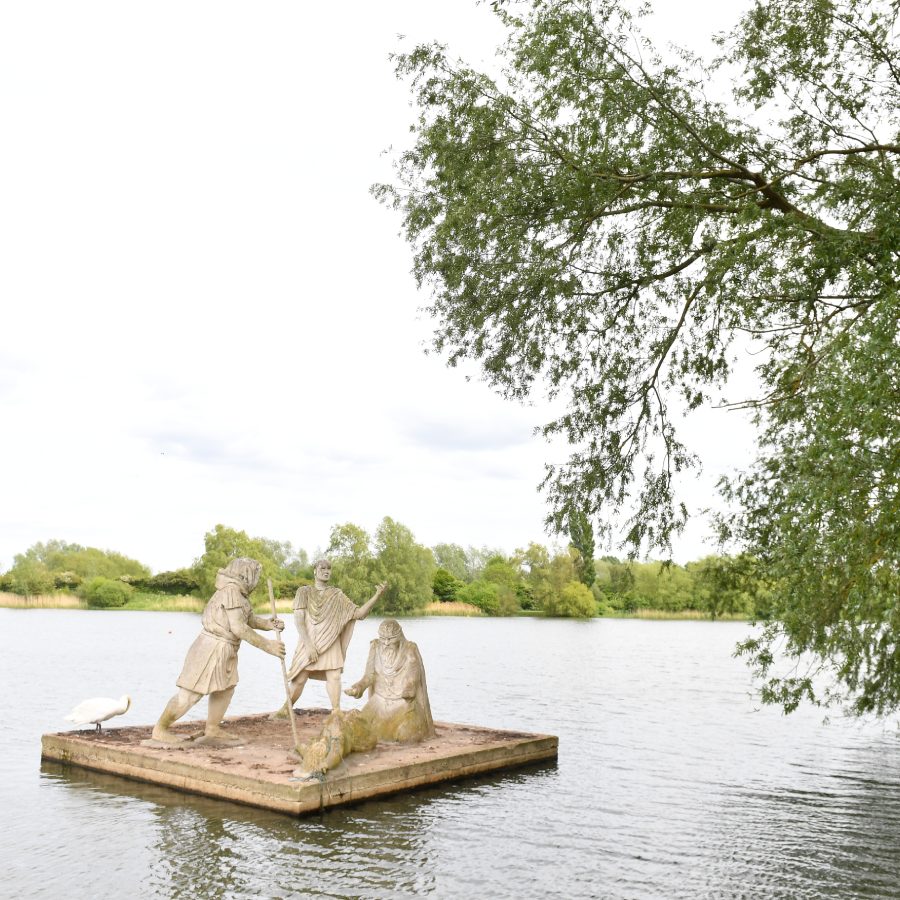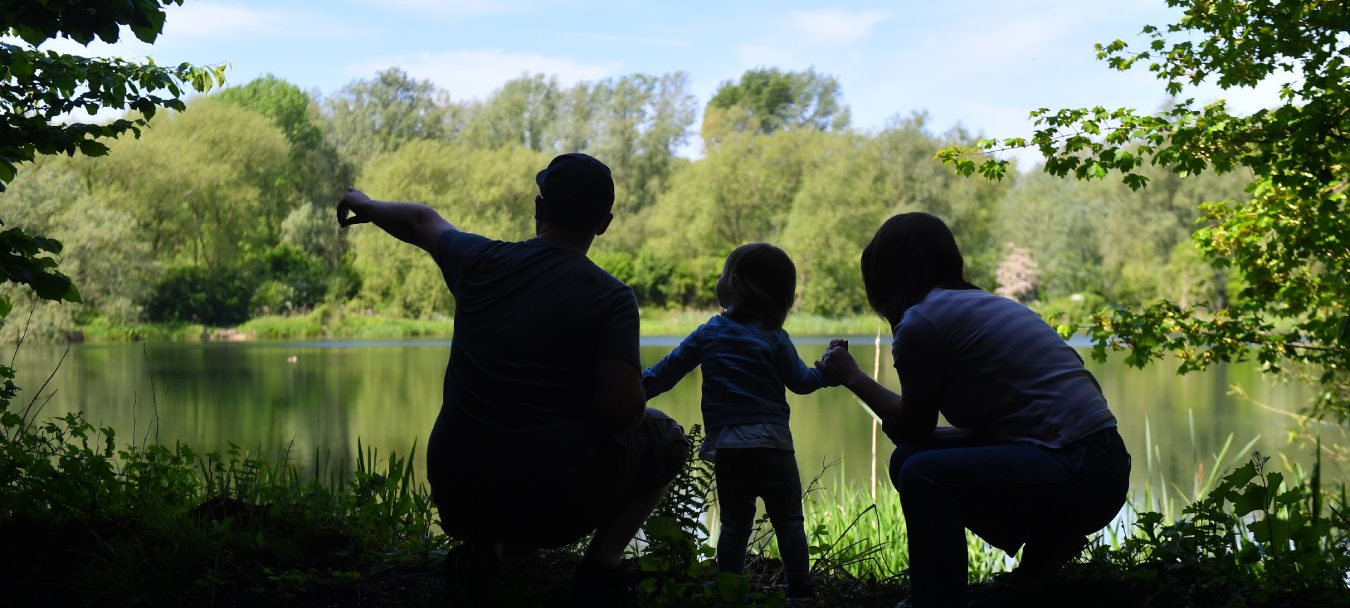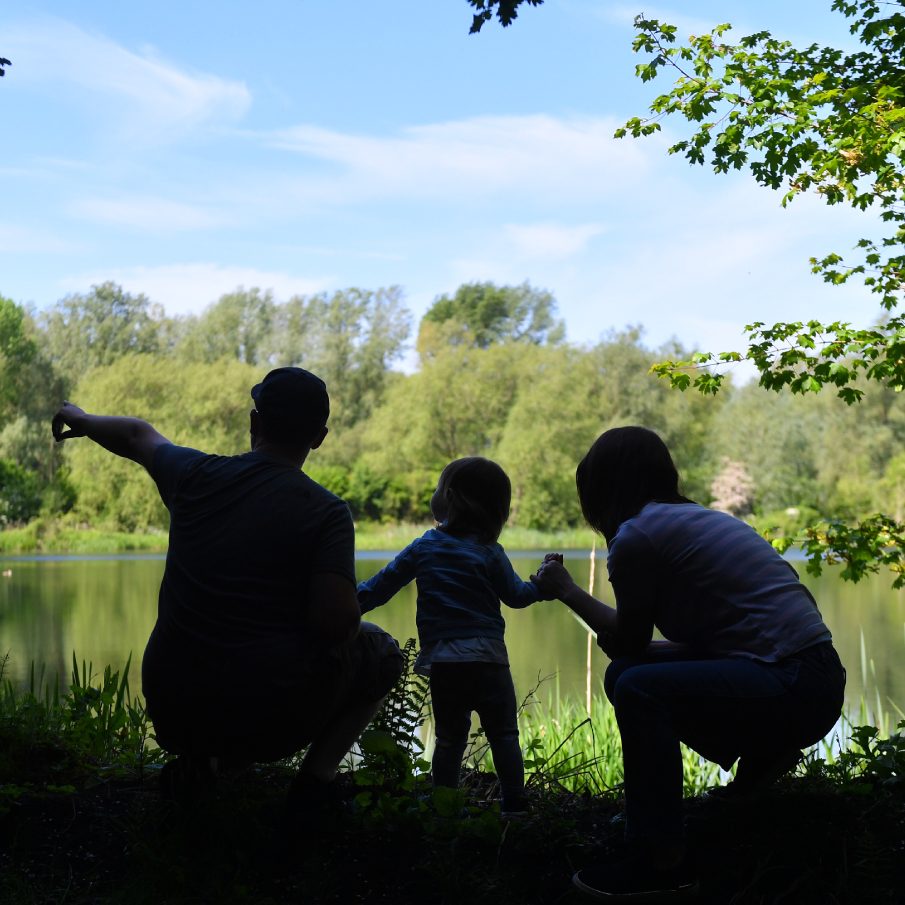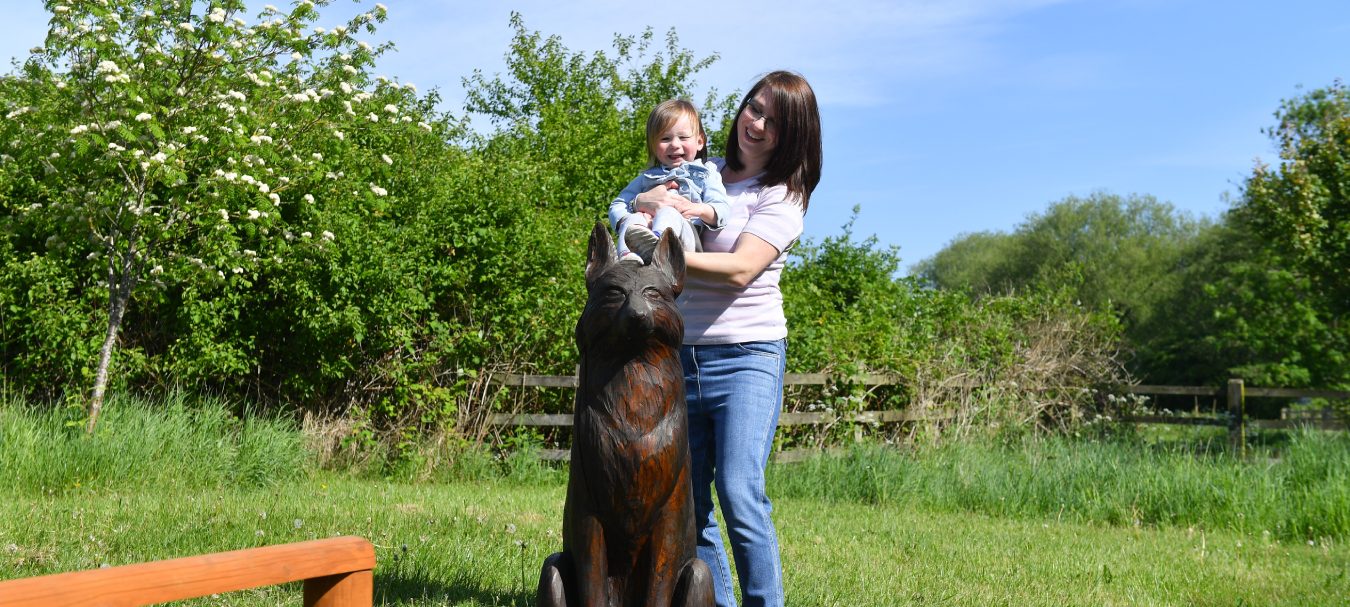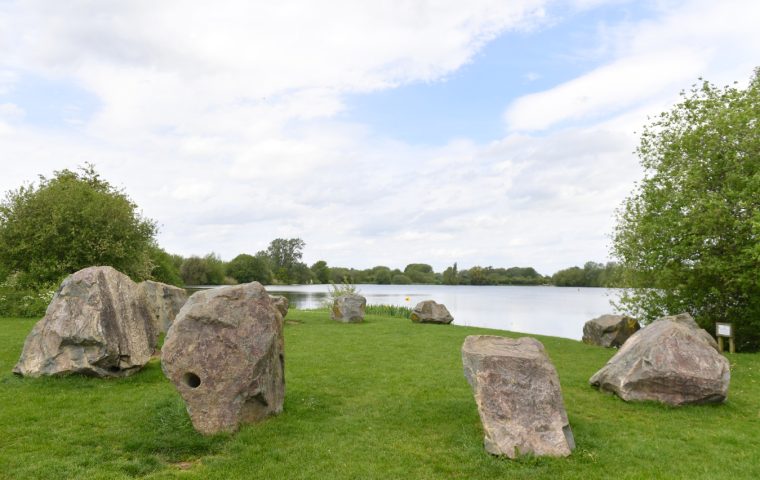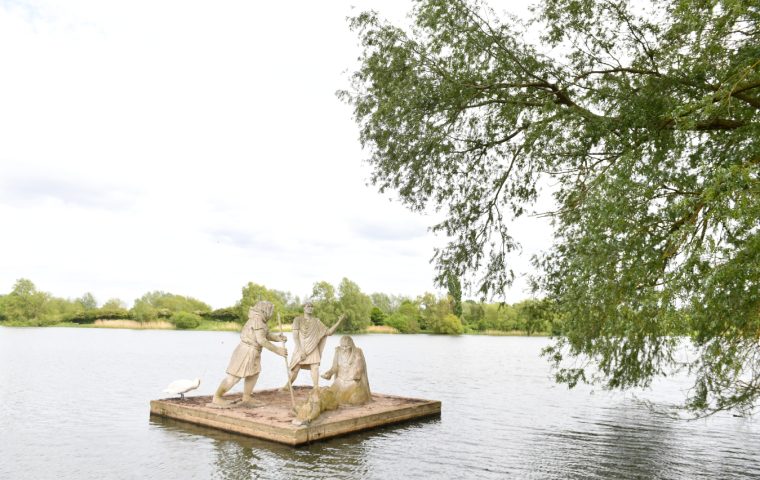A haven for wildlife with nature reserves and wetland habitats, tranquil lakes, wildflower meadows and a network of surfaced paths.
Accessible paths
Benches
Disabled car park
Disabled toilets
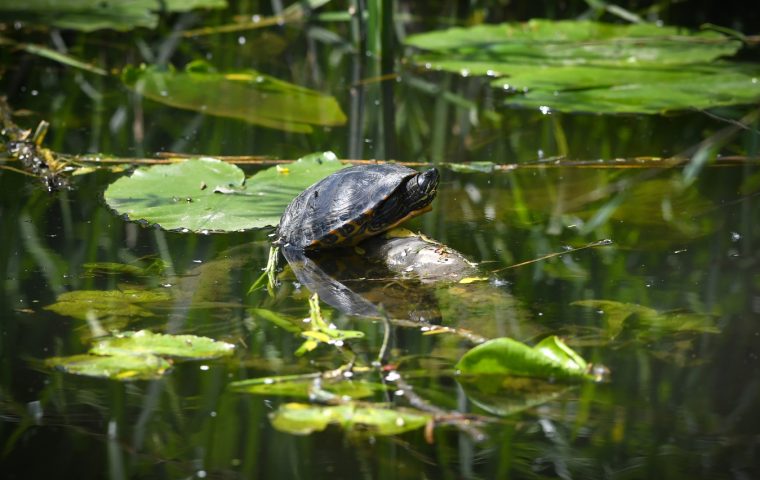
Facilities
- Picnic area
- Play area
- Toilets
- Dogs welcome
Find us
We are located north-east of Leicester, immediately adjacent to the A46, between the villages of Syston and Wanlip. The country park’s main entrance can be accessed from Wanlip Road, Syston, near to the Hope and Anchor Pub.
Opening times
All our parks are open every day.
Watermead Park is currently open from 8am-5pm daily until further notice due to works on the entry system
What to see and do at Watermead Park

Wildlife
Watermead Country Park is a haven for wildlife offering a wide range of wetland habitats including extensive reedbeds, wet woodland, wildflower meadows, rough grassland, open water and ponds. Visitors can see a variety of butterflies and moths in the meadows during the summer months, alongside dragon flies and damsel flies which can be spotted flying amongst the Reedbeds and over the ponds.
The insects provide a valuable food source for birds in the day while during the evening it is the turn of the bats. Flying low over the water, or above the tree line, these nocturnal mammals seek out insects such as moths and gnats. The park is also home for a variety of mammals such as mice, voles, shrews, weasels, stoats, fox, deer and otter.
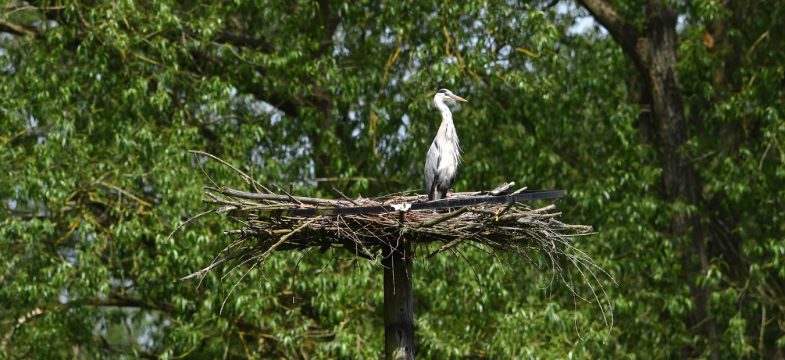
Bird watching
An abundance of wildlife can be found within the Reedbed Nature Reserve at the north end of the park. The reserve includes four bird hides and a bird feeding station, all of which provide a great place to observe wildlife and enjoy the peace and tranquillity of the countryside.
Over 200 bird species have been recorded on the park, including widgeon, goosander, fieldfare, redwing and bittern in the winter. In the warmer months visitors may spot warblers, swallows, swifts, sand martin, top common turns, and hobbys. Resident species include kingfisher, great crested grebe, green woodpecker, tree creeper and water rail. Sand martins, which are included in the long list of globally threatened or declining species, can also be spotted at the park.
We also provide a home for a variety of mammals such as mice, voles, shrews, weasels and stoats, foxes, deer and otter.
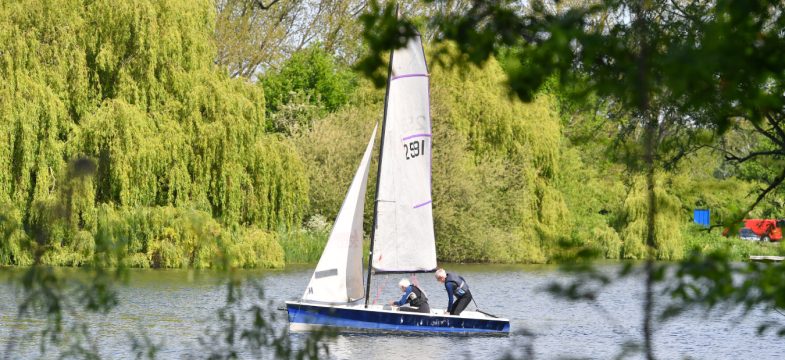
Activities
For those with a passion for angling, season permits can be obtained for the fishing season from 1 July to 31 March. Day tickets can be purchased from on-site staff (on the bank). Fishing can take place during the daytime on King Lear’s Lake and the Lily Pond. Apply for a fishing season ticket.
Families visiting the park can explore the Jurassic Play Trail around King Lear’s Lake.
Other activities such as windsurfing, sailing and model boating can be enjoyed in the park through local clubs, and the local Newfoundland Dog Rescue Group lay on demonstrations and training sessions at various times of the year.
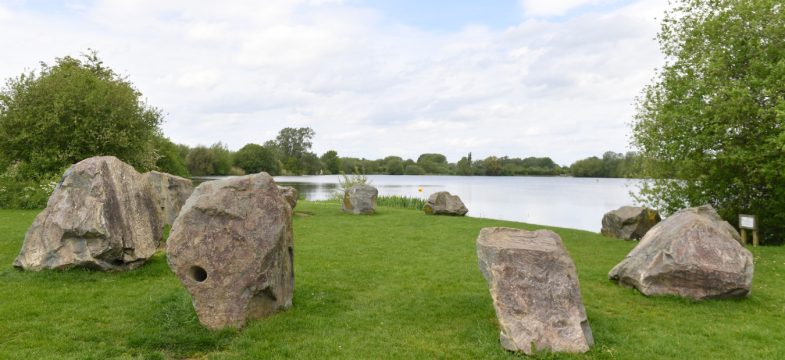
History
Sand and gravel for the concrete industry have been extracted from the valley of the River Soar for many years. In the early 1980s we joined forces with Leicester City and Charnwood Borough council to reclaim the area’s derelict pits for recreation. Over the last 20 years much work has been done to create the attractive countryside that now exists.
During the extraction of sand and gravel there was a very important archaeological discovery. Two human skulls, probably dating from the Bronze Age, and the bones of an Aurochs, a primitive wild ox, were found on the other side of the river from King Lear’s Lake. Associated with these finds was a “burnt mound”, a primitive cooking stove. Stones were heated in a fire and then plunged into water to produce steam and hot water to cook food.


